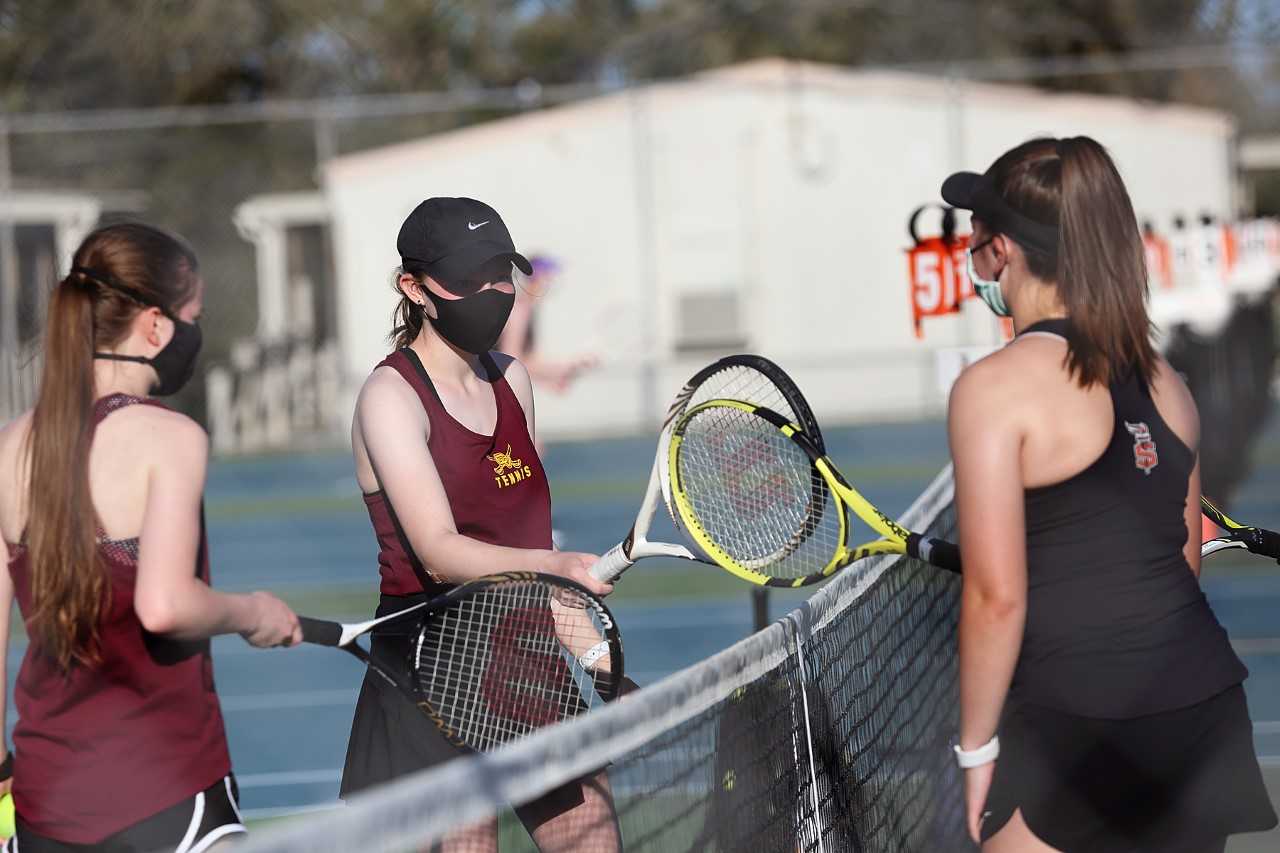
At the outset of the tennis season, it became clear to schools in the mid-Willamette Valley that the COVID-19 crisis had wildly disparate effects on players and teams.
So much so, in fact, that teams in the 5A Mid-Willamette Conference and the 6A Salem-Keizer School District were going to have to think outside the box to create even a semblance of competitive equity.
Athletic directors Mark Henderson of 5A Crescent Valley and Clinton Gertenrich of 6A Sprague got to work and spearheaded an effort for a cross-classification circuit of Mid-Valley schools, matching up teams of similar strengths. The partnership between Salem-Keizer schools and the Mid-Willamette was a carryover from Season 2.
“You're not playing everybody in the league, but we tried to match up skill level as best we could, so we weren't putting a team with a full squad against a team of four,” Henderson said. “So far it's working out pretty well.”
To build the schedule, they divided the 14 schools into three categories.
“We looked at recommendations from athletic directors in the leagues about whether their program was strong, weak or average,” Henderson said. “Nothing really scientific. We did that to make sure everybody had games and we had regional play.”
Sprague, South Salem, Silverton and Crescent Valley are in the “strong” tier. McNary, West Salem, Central, Corvallis, South Albany and West Albany are the “average” tier. McKay, North Salem, Lebanon and Dallas comprise the “weak” tier. Teams in the strong division do not match up against those in the weak.
Separate tournaments for North and South are set for the culminating week. Once those tournaments are complete, Gertenrich said, the North and South winners will meet to decide first and second place and the runners-up will play for third and fourth place. It's nothing official, but gives players an end-of-season goal.
“There was a desire with both the North and South groups to have something for the premier players in our area,” Gertenrich said. “So we felt like if we could get everybody to play, we could do something in addition to that. Ultimately, it really just comes down to bragging rights.
“For the season, we've tried to create some competitive matchups. We feel like the tournament embraces both, having everybody play as much as possible and also letting our premier players have a chance to play one another.”
Donna Keim, coach of the five-time reigning 5A girls champion Corvallis, said that the COVID-19 crisis has cut deeply into participation across the state. Corvallis has 18 players on its team, about half of the usual turnout.
Without a state tournament this year, many of the state's elite players have opted not to play, according to Keim. She said her team has a much different dynamic than in recent seasons.
“The No. 1 thing happening this year is all these new kids that have never touched a racket before are starting to learn the game,” Keim said. “I would say 80 percent of my girls are brand new to tennis. I said, 'Why did you come out?' And they said, 'Because my parents told me I have to do something.'
“So it's been fun. It's a totally different year, but to me, totally enjoyable. If you had seen my girls three weeks ago versus today, it's magic. These girls could not even hit a ball, and they're playing some pretty awesome tennis.”
Losing the 2020 season was a blow to Corvallis considering the team was in prime position for a sixth consecutive 5A title.
“A year ago, I knew we would've won another state championship,” Keim said. “I knew this year was coming anyway. I was just sad for my girls last spring that they didn't get to finish that run.”










